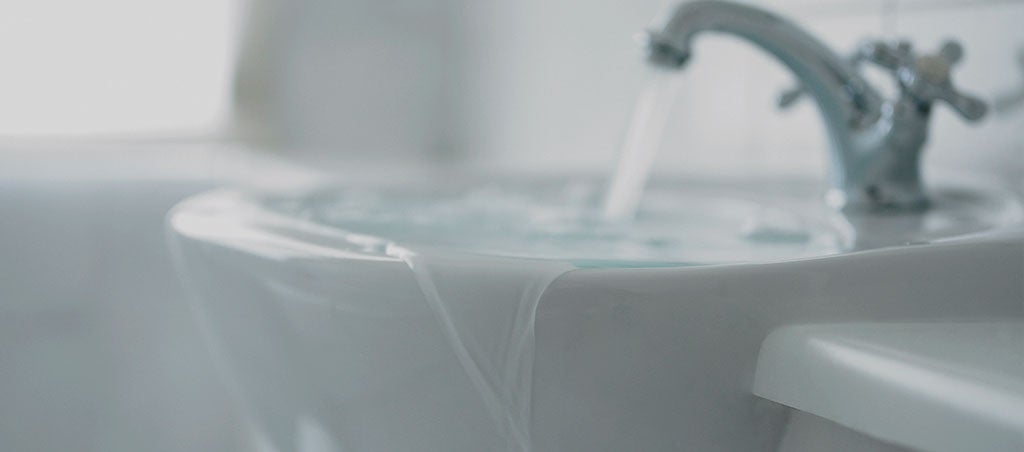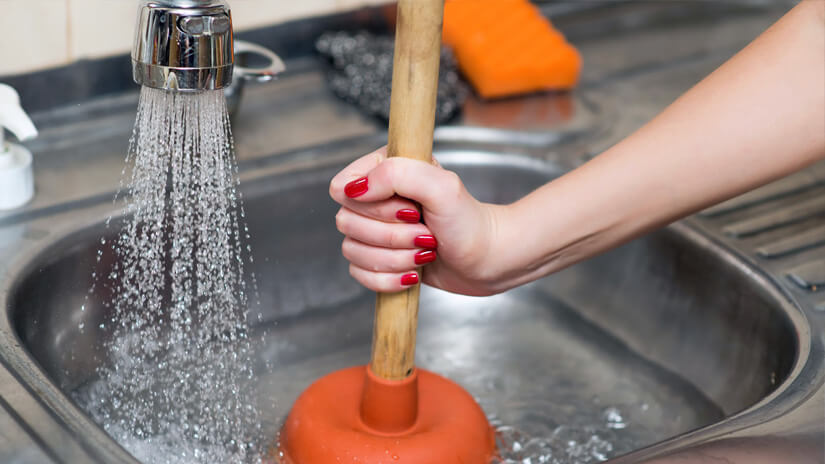Just about everyone seems to have their own unique way of thinking in relation to Tips for Dealing with Clogged Drains and Sewer Lines.

Intro
Handling an obstructed drain can be an irritating experience, interrupting day-to-day activities and possibly causing damages to your residential property. However, before connecting to plumbing experts, there are steps you can require to resolve the problem on your own. In this overview, we'll discover do it yourself solutions and safety nets to take on a blocked drain properly.
Identifying the Concern
The initial step in resolving an obstructed drainpipe is identifying the signs. Sluggish drain, gurgling noises, foul odors originating from drains, or water support up are common signs of a blocked drain. Identifying these indicators early can help prevent further complications.
Picking the Right Pipes Solution
When choosing a plumbing solution, think about elements such as experience, licensing, and customer evaluations. Choose a respectable plumbing technician with a track record of top quality handiwork and transparent rates methods.
Price Factors to consider
The expense of specialist drain cleaning company can vary depending upon the severity of the clog and the plumbing's rates. Request quotes from multiple companies and inquire about any surcharges to ensure transparency and prevent surprises.
Safety and security Measures
When trying DIY drain cleansing, focus on safety and security. Put on safety gloves and eyewear to stay clear of contact with damaging chemicals or microorganisms. Never blend different drainpipe cleaning items, as this can produce unsafe fumes.
Instance Studies
Real-life examples show the performance of DIY services and the relevance of timely expert treatment in settling drainpipe obstructions.
Usual Causes of Blocked Drains
Understanding the elements that contribute to drain blockages is crucial for reliable resolution. Usual wrongdoers consist of hair, soap scum, grease, food debris, and international things like hygienic products or paper towels. Tree roots invading underground pipelines can likewise trigger significant clogs.
Do it yourself Solutions
For minor obstructions, several DIY remedies can be reliable. Pouring boiling water down the drainpipe can assist liquify oil and debris. Sodium bicarbonate and vinegar or a mixture of salt and baking soft drink can act as natural cleansers. Using a plunger or plumbing serpent to remove blockages is an additional option.
Tools and Devices
Having the right tools handy can make do it yourself drainpipe cleansing extra effective. A bettor is a versatile tool for removing clogs in sinks, toilets, and showers. A pipes snake or auger can get to much deeper obstructions, while drain cleansing chemicals can be made use of carefully for persistent blockages.
Safety nets
To stay clear of future clogs, taking on safety nets is crucial. Install drain guards or filters to catch hair and particles prior to they enter the pipelines. Routinely flush drains with warm water to dissolve grease build-up, and avoid taking care of oil or strong waste away.
When to Call a Professional
While DIY options can settle small blockages, certain indications suggest the requirement for specialist aid. Persistent blockages, foul odors despite cleaning efforts, or multiple drains supporting simultaneously are warnings that necessitate expert treatment.
Verdict
By adhering to the ideas outlined in this overview, you can properly deal with blocked drains and protect against future plumbing problems. Whether selecting do it yourself options or looking for professional help, prompt action is crucial to preserving a healthy pipes system and maintaining the stability of your home.
WHAT I LEARNED FROM TRYING TO DEAL WITH A CLOGGED DRAIN
We have had our share of seepages and other annoying things that are part of living, especially in an apartment complex. And if there’s one thing that’s terrifying for a homeowner—or even someone in a rented home—it is a clogged drain, indoors or outdoors.
We enjoy our living space, but it’s simply a fact of life that dead skin, soap and a host of other items go down the drain; eventually, the residue builds up and prevents anything from moving. Ugh.
Not Calling A Professional
Of course, it might seem simple to just whip the pipe off under the sink and see if you can unblock it. Unfortunately, what if the blockage isn’t there, or you don’t reconnect it properly? Worse, you might break a piece and have no drainage system. Can you imagine that scene? Yuck!
Not Watching Your Waste
This will sound d’uh, but the best tip I can give you for drain cleaning is to avoid clogging the drain in the first place! You can do this by monitoring what goes down the drain and catching the items which are most likely to give you a problem. Invariably hair, vegetable peels, and large wads of toilet paper are the most obvious culprits. Add a filter—these are available in hardware stores and can be removed and cleaned easily.
Poking The Drain
The first urge with a clogged drain is to poke at it with a stick or anything that resembles a stick. Sadly, this does not result in magically solving the issue. The mental image is, naturally, one of the stick just pushing through the offending item and all is well again. Reality is quite different and unpleasant and likely to lead to further problems.
The thing is, every drain has a series of bends that are not visible to us. Drains are built this way to prevent gases from entering the house. What happens when you poke a stick into the drain? Of course, it can’t bend around the corner. The more adventurous people will use force and end up wedging the stick or causing it to break off in the pipe—creating an even bigger issue. Worst thing? The stick will shift the block further down the pipe, creating the space for more to collect. Go ahead! Roll your eyes!
Using The Wrong Plunger
You know what they say: the right tool for the right job! Did you know there are different types of plungers besides the basic one we keep at home for an emergency? Yes, there are. For example, the toilet plunger has a bell-shaped bottom while the sink plunger is flat. This is an important difference and using the wrong plunger will be useless. There’s also a knack in using plungers—they must be placed in such a way that they create an airtight seal and then, moved slowly up and down—not as fast as we imagine.
https://vidyasury.com/2018/01/learned-trying-deal-clogged-drain.html

Do you really like reading about 8 Tips For Clearing A Blocked Drain? Post feedback down the page. We would be happy to see your opinions about this blog posting. In hopes that you come back again before long. You should take the opportunity to distribute this write-up if you appreciated it. I recognize the value of reading our article about .
Schedule Service Now